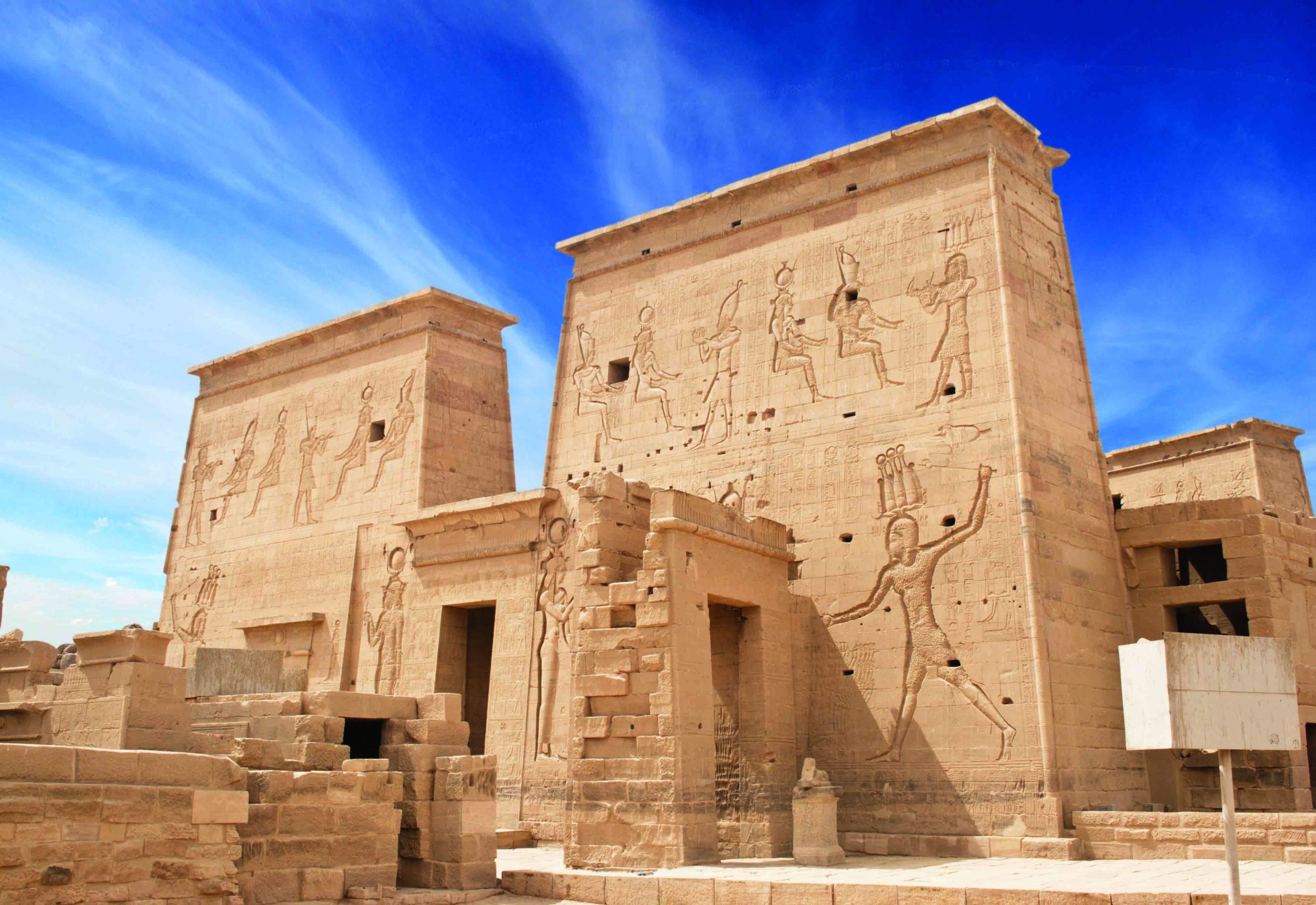
RIVERSIDE, CALIFORNIA—According to a statement released by the University of California, Riverside, more than 500 edible plants were available to the Maya during the ninth century A.D., when drought is thought to have struck the Yucatán Peninsula and northern Central America. Archaeologist Scott Fedick and plant physiologist Louis Santiago explained that many of these plants were highly drought-resistant, unlike the corn, beans, and squash usually attributed to Maya farmers. “Even in the most extreme drought situation—and we have no clear evidence the most extreme situation ever occurred—59 species of edible plants would still have persisted,” Santiago said. Such resilient food crops include cassava, hearts of palm, and chaya. “Chaya and cassava together would have provided a huge amount of carbohydrates and protein,” he explained. Drought is therefore unlikely to have caused agricultural collapse and the unraveling of Maya society, Fedick claimed. For more on how the Maya dealt with drought, go to "Around the World: Mexico."










